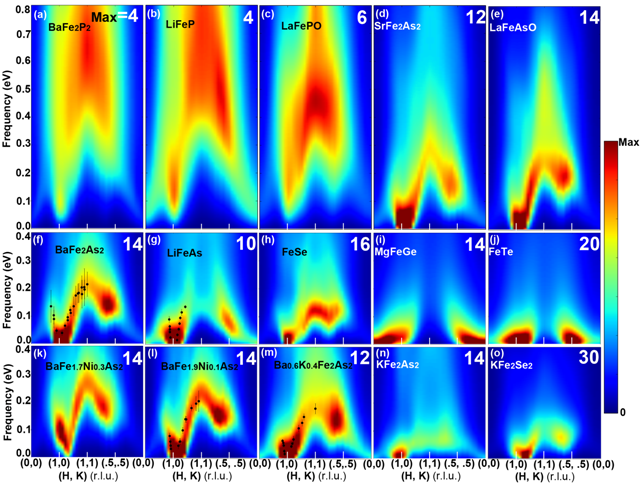 Image Credit: ORNL
Image Credit: ORNL
Rutgers University researchers have predicted spin dynamics using new electronic structure algorithms and the power of the Titan supercomputer. This development could aid in finding out new materials that have superconducting properties.
The Oak Ridge Leadership Computing Facility manages the Department of Energy’s Titan supercomputer. The research team used its 27-petaflop computing power to compute the dynamic spin structure factors of 15 iron-based materials and identified tell-tale signs of superconducting properties.
The computational results the team obtained matched quite well with the experimental results. The researchers intend to validate this theory and this would then help them study new materials computationally, without experimentation.
Computation enables the improved analysis of other material properties and spin dynamics under multiple conditions and many materials could be simulated at the same time.
A huge number of interactions take place in electrons within a unit cell. The researchers employed the Dynamical Mean Field Theory to decrease the number of interactions and these were averaged.
The Monte Carlo method was used to select the optimum solutions and this model enabled a high predictive accuracy for spin dynamics in such materials.
Through simulation, the research team discovered a new superconducting state in the lithium-iron-arsenic compound and this matched the experimental results.
In the future, they intend to simulate spin dynamics in non-superconducting materials, radioactive materials and other superconducting materials. This study has been published as a paper in Nature Physics.